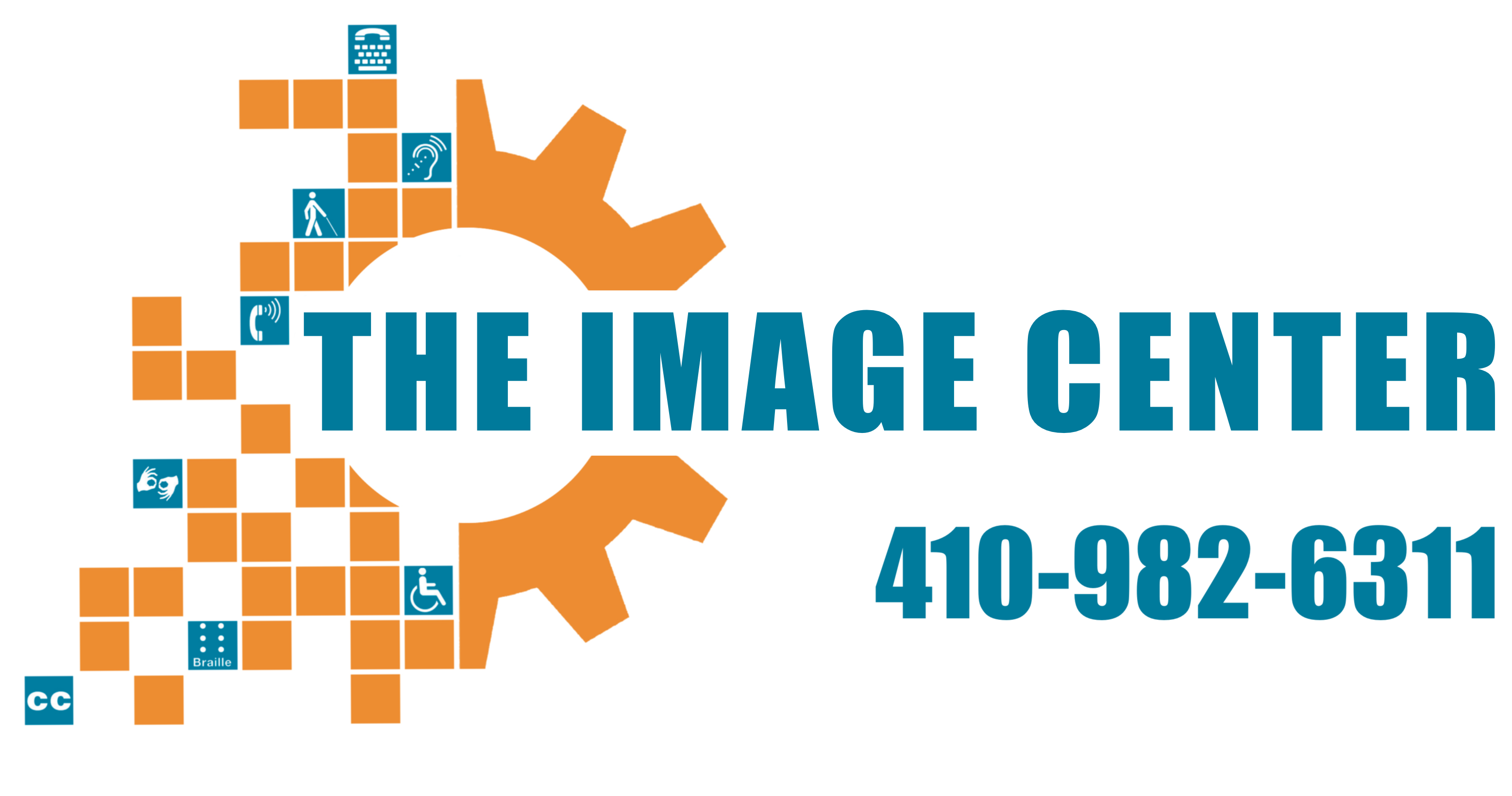Appetite For Accessibility August We all need to eat, and we all need access to information and tools. From package directions and recipes to apps for grocery shopping and food ordering, lack of non-visual accessibility to information and tools can create barriers for us. This month, we share non-visually accessible tools and explore applications to […]
Category: Information Resources
Appetite For Accessibility August We all need to eat, and we all need access to information and tools. From package directions and recipes to apps for grocery shopping and food ordering, lack of non-visual accessibility to information and tools can create barriers for us. This month, we share non-visually accessible tools and explore applications to […]
Appetite For Accessibility August We all need to eat, and we all need access to information and tools. From package directions and recipes to apps for grocery shopping and food ordering, lack of non-visual accessibility to information and tools can create barriers for us. This month, we share non-visually accessible tools and explore applications to […]
Appetite For Accessibility August We all need to eat, and we all need access to information and tools. From package directions and recipes to apps for grocery shopping and food ordering, lack of non-visual accessibility to information and tools can create barriers for us. This month, we share non-visually accessible tools and explore applications to […]
Juggling June Join our Project Coordinator, Chris Nusbaum, and our Director, Carlton Walker, as we dive into the “soft skills” we need in order to avoid a HARD landing! In this third blog for Juggling June, we put our prioritization and task time budgeting skills to work as we discuss managing calendars. We explore both […]
